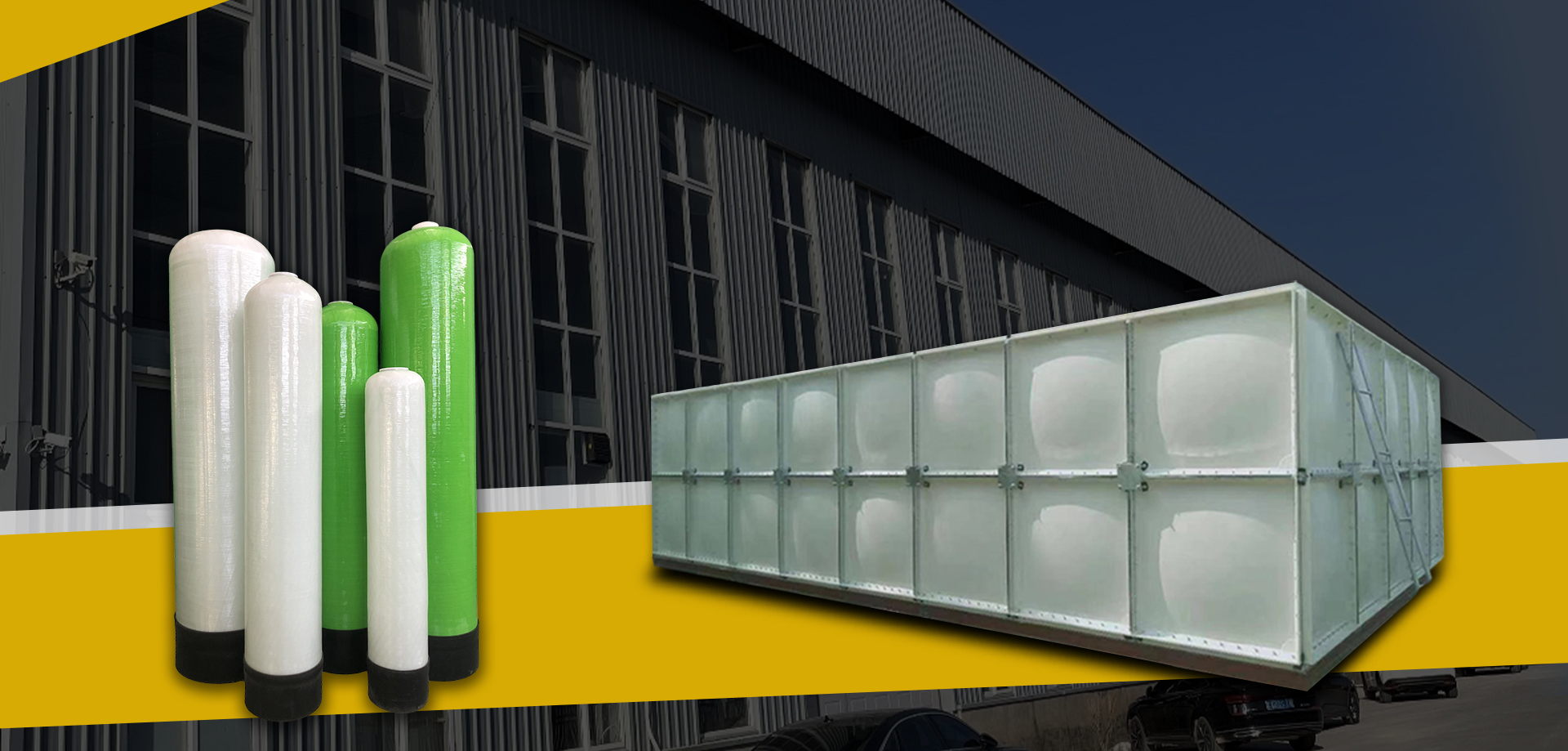loading...
- No. 9, Xingyuan South Street, Dongwaihuan Road, Zaoqiang County, Hengshui, Hebei, China
- admin@zjcomposites.com
- +86 15097380338
- Welcome to visit our website!
fibre reinforced plastic grating
The Benefits and Applications of Fibre Reinforced Plastic Grating
Fibre reinforced plastic (FRP) grating is a versatile and innovative material that has become increasingly popular in various industries due to its unique properties and advantages over traditional materials. FRP grating is composed of a polymer matrix reinforced with glass or carbon fibers, resulting in a lightweight yet exceptionally strong product. This combination of attributes makes FRP grating an ideal solution for a wide range of applications.
One of the primary benefits of fibre reinforced plastic grating is its exceptional corrosion resistance
. Unlike metals, which can rust and degrade over time when exposed to harsh environments, FRP grating is resistant to a wide variety of chemicals, making it a preferred choice in industries such as wastewater treatment, chemical processing, and marine applications. This durability not only extends the lifespan of the grating but also reduces maintenance costs significantly.Another advantage of FRP grating is its lightweight nature. Compared to traditional materials like steel or aluminum, FRP is much lighter, making it easier to transport, handle, and install. This attribute is especially beneficial in construction projects, where reducing the weight of materials can lead to lower transportation costs and faster installation times. Moreover, the reduced weight does not compromise the strength; FRP grating can support heavy loads depending on its design.
fibre reinforced plastic grating

FRP grating also offers excellent slip resistance, which is crucial for safety in various applications. The textured surface of FRP grating provides superior traction, reducing the likelihood of slips and falls in environments where water, oil, or other slippery substances may be present. This makes FRP grating an optimal choice for walkways, platforms, and other surfaces where safety is a priority.
In addition to its practical advantages, FRP grating is also highly customizable. Available in various sizes, colors, and load-bearing capacities, it can be tailored to meet the specific needs of different projects. This flexibility allows engineers and architects to design solutions that integrate seamlessly into their existing structures or projects.
The environmental impact of FRP grating is also worth noting, as it can contribute to sustainability efforts. Many FRP products are made from recyclable materials, and their long lifespan reduces the need for frequent replacements. Furthermore, minimizing maintenance needs can also lead to lower overall resource consumption over time.
In conclusion, fibre reinforced plastic grating presents a range of benefits that make it an attractive option across multiple industries. Its corrosion resistance, lightweight nature, slip resistance, customization potential, and environmental advantages all contribute to its growing popularity. As industries continue to seek innovative materials that enhance efficiency and safety, FRP grating is likely to play an increasingly vital role in future projects.
-
The Rise of FRP Profiles: Strong, Lightweight, and Built to LastNewsJul.14,2025
-
SMC Panel Tanks: A Modern Water Storage Solution for All EnvironmentsNewsJul.14,2025
-
GRP Grating: A Modern Solution for Safe and Durable Access SystemsNewsJul.14,2025
-
Galvanized Steel Water Tanks: Durable, Reliable, and Ready for UseNewsJul.14,2025
-
FRP Mini Mesh Grating: The Safer, Smarter Flooring SolutionNewsJul.14,2025
-
Exploring FRP Vessels: Durable Solutions for Modern Fluid HandlingNewsJul.14,2025
-
GRP Structures: The Future of Lightweight, High-Performance EngineeringNewsJun.20,2025
